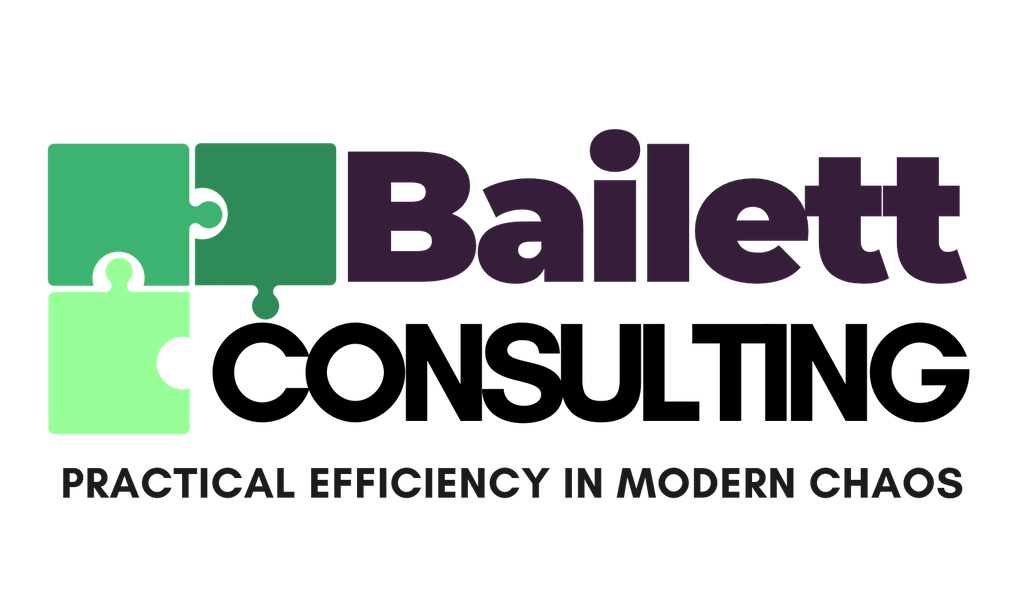The Hidden Costs of Keeping Extras: Business and Personal Impacts.
Have you ever paused to consider the true cost of keeping extra stuff around, whether in your business or your personal life? On the surface, an extra part, a few spare tools, or a stockpile of supplies might feel smart, or even safe. However, these “just in case” items often carry a hidden cost, one that adds up in dollars, time, and mental energy.
The Business Side: A Real Example
I once spoke with a business owner who shared a startling example of how hidden costs seem small, however, over the long term the total cost is staggering. A part costing $1,500 was being ordered incorrectly on a weekly basis.
Let’s do the math: $1,500 per part x 48 weeks = $72,000 per year.
That’s $72,000 in waste caused by a repeated and avoidable error. An error no one had noticed and so it could not be addressed. This quiet, small mistake became routine and that is what makes these types of errors so dangerous. Imagine making that mistake two times a week or even three times a week.
This is a powerful reminder that inefficiency can be covert and quiet. Inefficiency can seep in slowly repeating itself in tiny ways that feel like “no big deal” until the numbers start to reveal the truth.
What to do about it:
Track & Analyze: Small recurring costs become big problems over time. Start reviewing expenses regularly to identify patterns.
Fix the System, Not Just the Mistake: A one time fix is not enough. Look at the process that allowed the mistake to happen in the first place. Rewrite the process to eliminate costly mistakes and implement throughout your organization.
Empower Your Team: Accuracy and efficiency are taught, reinforced, and expected. Develop all the training and expectation documentation. Ensure your team can access the documentation when they are working so they can review any step in the process where they feel unclear.
Audit Often: Systems change, people get stressed, and details slip. Frequent check ins in the numbers and with the team can help prevent long term loss.
The Personal Cost of “Just in Case”
The same problem can exist at home, in our garages, closets, drawers, and storage units. How many of us are paying rent for a storage space we have not even opened in months? Or buying items again that we already own because we can not find them? Or overstocked refrigerators, pantry, and freezers where we toss out food because it has been sitting too long?
Holding on to extras “just in case” seems harmless, however, remember every item has a cost in more than just dollars. Other costs:
Time spent organizing, cleaning, or searching for what you actually need.
Energy spent managing clutter or feeling overwhelmed by disorganization.
Mental load from decision fatigue. What do you keep, what do you toss, and what you might need someday.
Every item we keep that does not serve us adds friction to our day.
The Bottom Line
Whether it’s a $1,500 part, a storage unit, a closet full of clothes you do not wear, or an overstocked refrigerator or pantry, the impact is the same. These things are costing you. The fix can be small and intentional. Audit what you have on your shelves, in your closets, pantries, fridges, etc., literally and figuratively. Also audit where your money is going. Ask where things could be tighter, smarter, and more aligned with what you actually need and use in your business and in your personal life.
A little attention now can save a lot of money and add peace of mind.
Do you want to explore where your hidden costs are stacking up?
Schedule a Meeting with Danielle to find out where you are costing yourself money, time, energy, and so much more!

